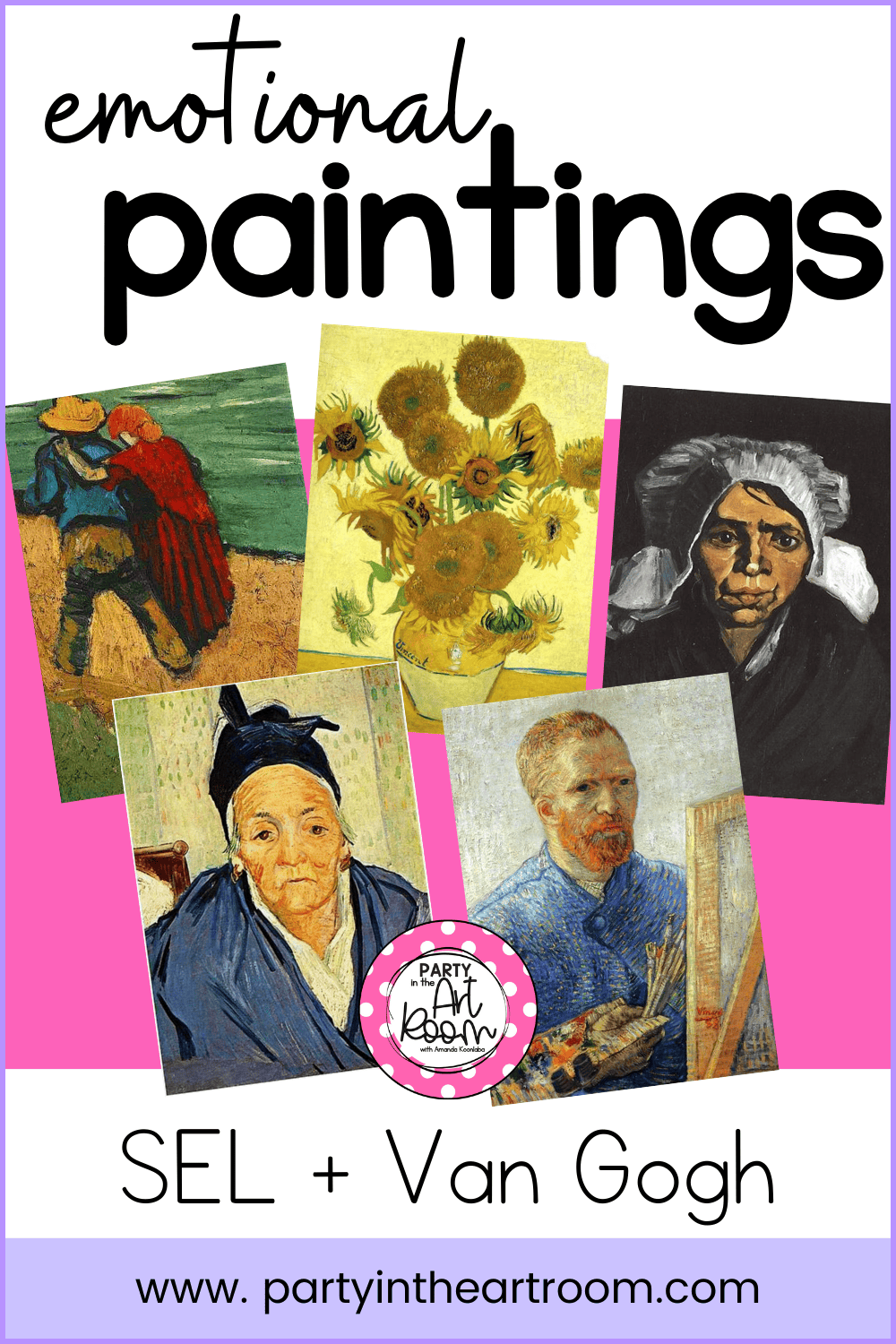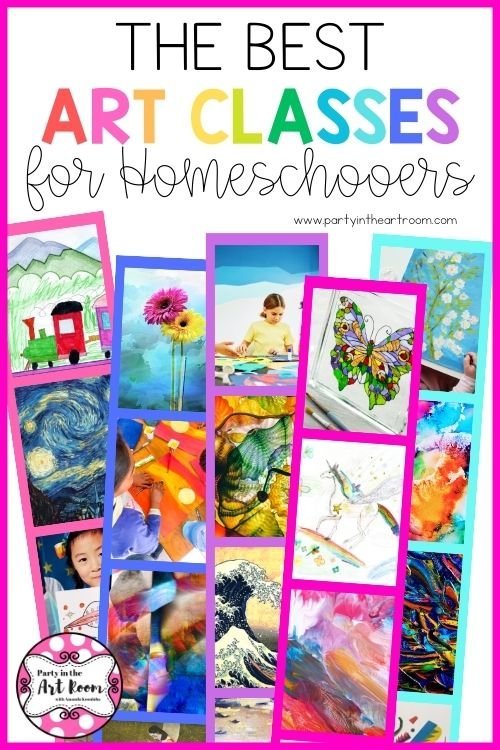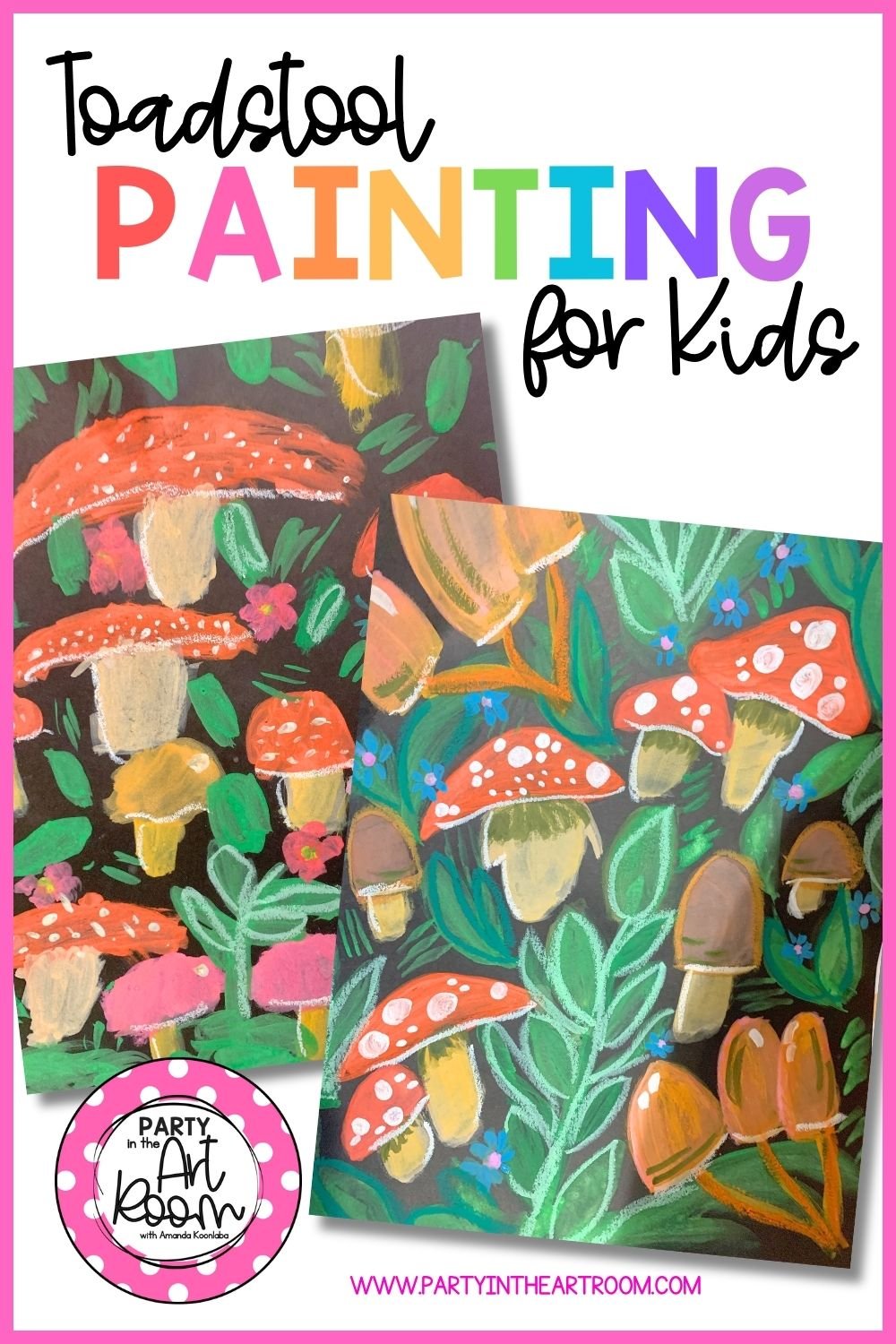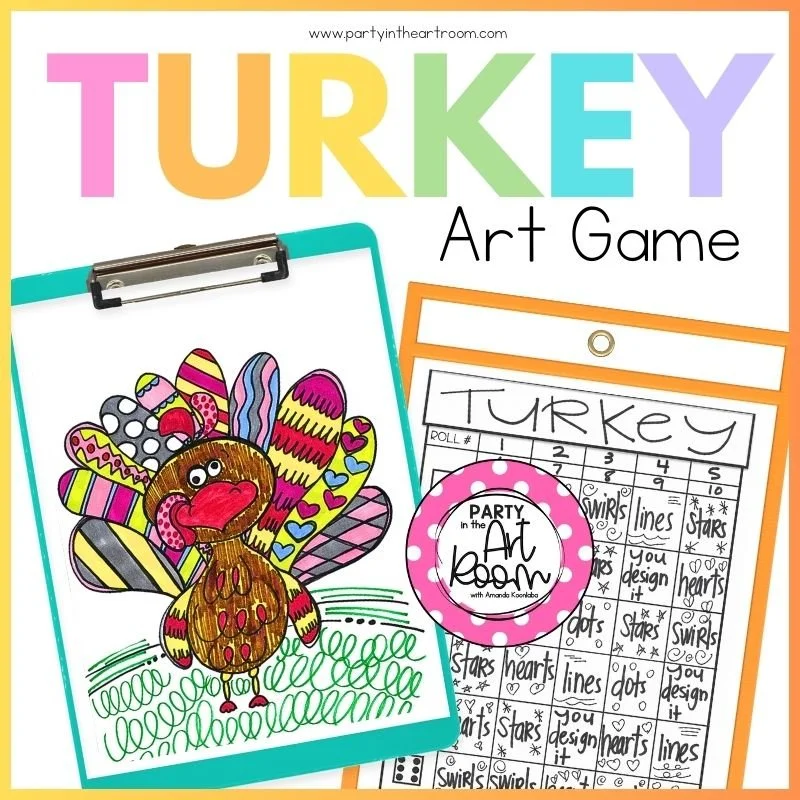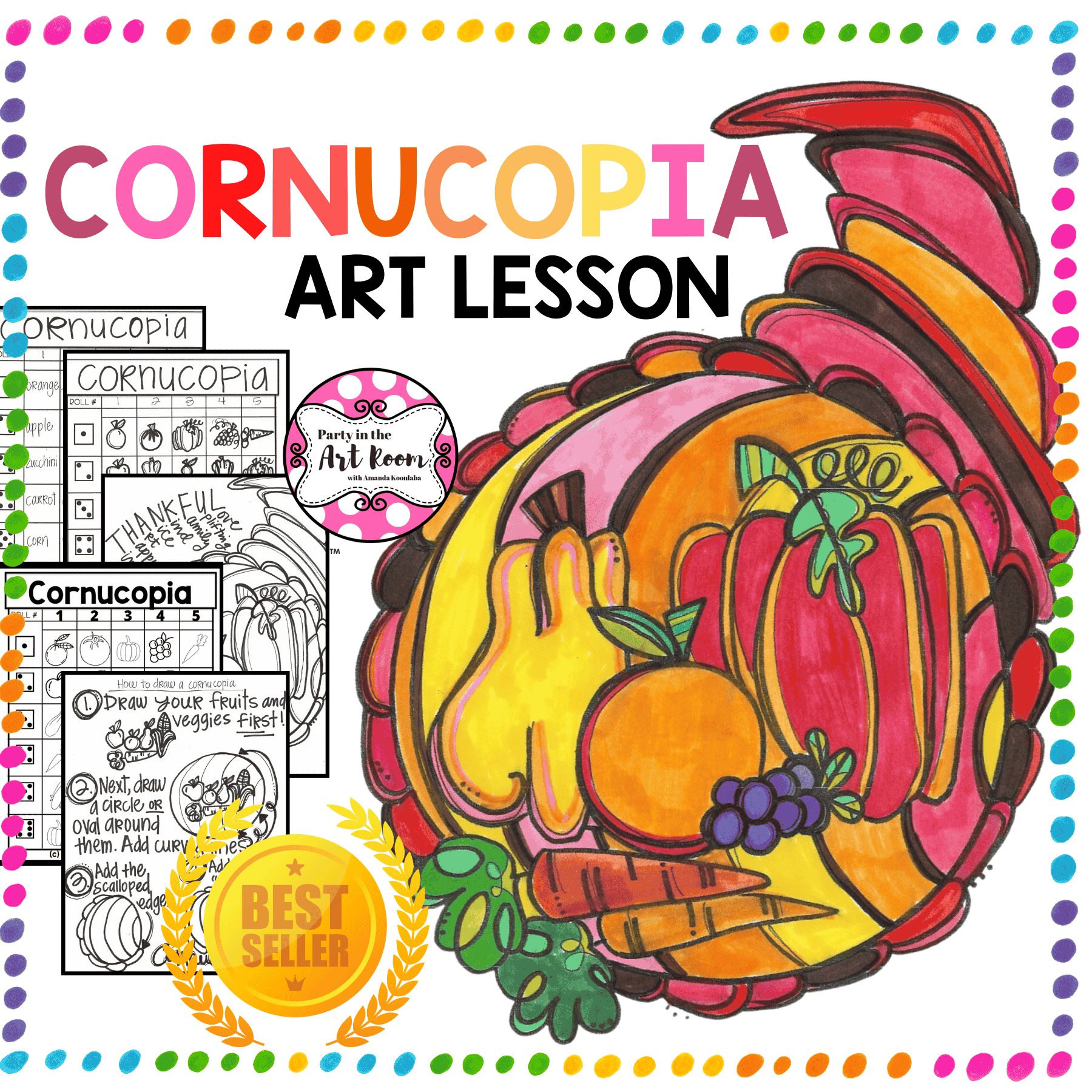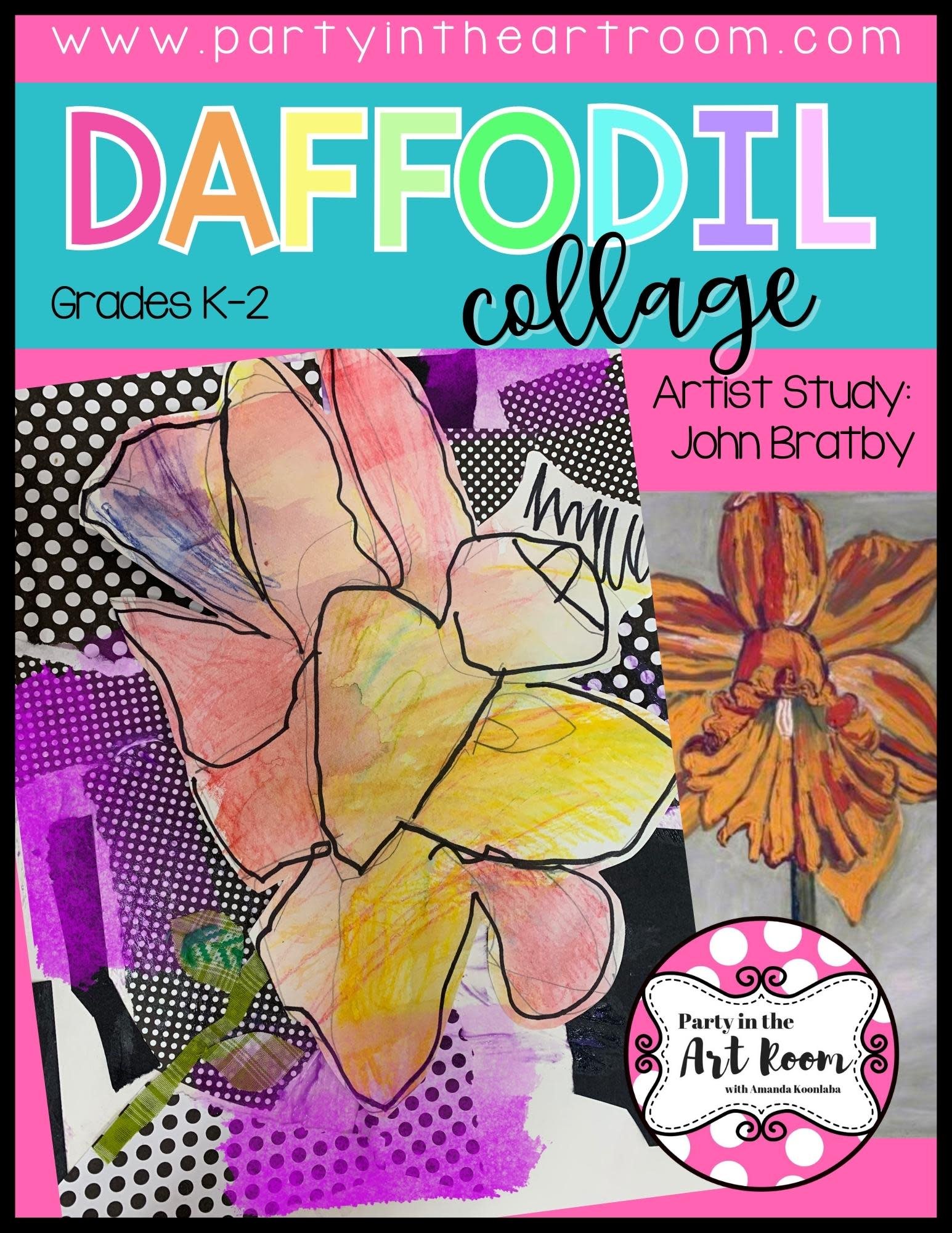4 Ways to Use Emotional Paintings in the Classroom to Inspire Discussion
Emotional paintings, as the name suggests, are works of art that evoke emotions from the viewer or are created through an intense emotional expression from the creator. Emotional paintings can be incredibly valuable in the classroom as an outlet for students to explore their emotions. Adding SEL in the art room Is a great way to teach students the necessary life skills of compassion, empathy, and self-regulation. Here are four useful tips for those looking to bring social-emotional art activities into the art classroom.
Study Painters Who Excel in Emotionally Driven Art
Studying a master can be a great way to inspire students to create emotionally driven work. Vincent Van Gogh is a great example of an artist whose work is wrought with intense emotional expression. His work is filled with vibrant colors and images that showcase his emotions while evoking similar emotions from his audience.
This SEL & Van Gogh resource is a great way to integrate the work of Van Gogh into SEL lessons that can inspire students to create their own emotional art pieces. This resource includes scaffolding for studying the work of Van Gogh as well as a collection of activities where students can explore their personal expression and build their creative confidence.
Use Color Theory to Explore Emotion
Color Theory is the study of how different colors affect human psychology. For example, red relates to anger or passion, blue can convey calm or sadness, and yellow can evoke happiness or energy. Teaching your students about how colors and emotions are tied can help them make more informed artistic decisions when creating their art. When students understand color theory, they can more mindfully use art as an opportunity to express their emotions.
Encouraging your students to use colors that evoke specific emotions is a great way to help them create art that inspires feelings in their audience in addition to having an outlet to express their own emotions.
You can help your students develop their understanding of color theory and their emotions by exploring emotional painting examples. Mark Rothko’s color-field paintings are a great example to show kids how impactful color can be on its own when expressing deep emotions. You can even have students practice this endeavor by creating their own color fields that represent the emotions they feel from an event in their personal life or in the greater world.
Create a Feelings Wall
A feelings wall is a great way to encourage students to express their emotions through art while also providing a great place to display student work. Take an empty wall or bulletin board in your classroom and designate it as the feelings wall. Instruct your students that the feelings wall is a safe place for them to express their emotions while displaying their art.
To encourage students to create works of art that depict or express the emotions that they experience. Have students provide a small written statement that explains the emotions they're trying to capture within their work. Give students the freedom to explore the wall regularly as an opportunity to build empathy with their classmates.
A feelings wall can build mutual respect between students while giving you an opportunity to survey how your students are feeling. Your feelings wall is not only a great place for students to express their own feelings, what a great opportunity for young people to learn that they are not alone with their emotions. All of their emotions are normal and a feelings wall can do a lot to validate this.
Used Timed Painting Prompts
Timed painting prompts can be a great tool to take the thinking out of creation. Oftentimes, young people will edit their artwork to keep their emotions off the page. A timed painting prompt can help take the overthinking out of the equation. When students are provided limited parameters, they are more likely to be honest and upfront with their feelings.
For example, providing students with only 15 minutes to create a small painting based on a specific prompt can ensure that students don't have the time to be inhibited in their work. Prompts that ask students to reflect on how they felt in certain situations can be a great way for students to create emotionally charged work that can be both beautiful and cathartic.
Conclusion
It is obvious to us educators that art can serve as the vehicle of human emotion. However, it may not be clear to our students how valuable art can be we're trying to explore and understand their emotions. Social-emotional lesson plans can be the key to teaching the whole student in the art classroom.
You Might Also Be Interested In:
Perfect for anyone who thrives on hands-on, visually engaging activities, the Social Emotional Skills with Vincent Van Gogh pack brings art and emotion together to support holistic growth. Ready to make a meaningful impact on your homeschool journey?
Affiliate Disclosure: Party in the Art Room is supported by its audience. When you purchase through links on this site, a commission may be earned.Hi! I’m Amanda. Teaching children to be creative thinkers is my greatest joy. I’m here to help you bring that same joy to your classroom.
This guide is packed with 25 ideas for using art to teach math and ELA. It’s arts integration for the win!
I want all students to feel successful in the art room, so I created a standards-based Daffodil Collage lesson to do just that! The lesson includes an artist study, student reflection, and more, so push your artists to their full potential.
